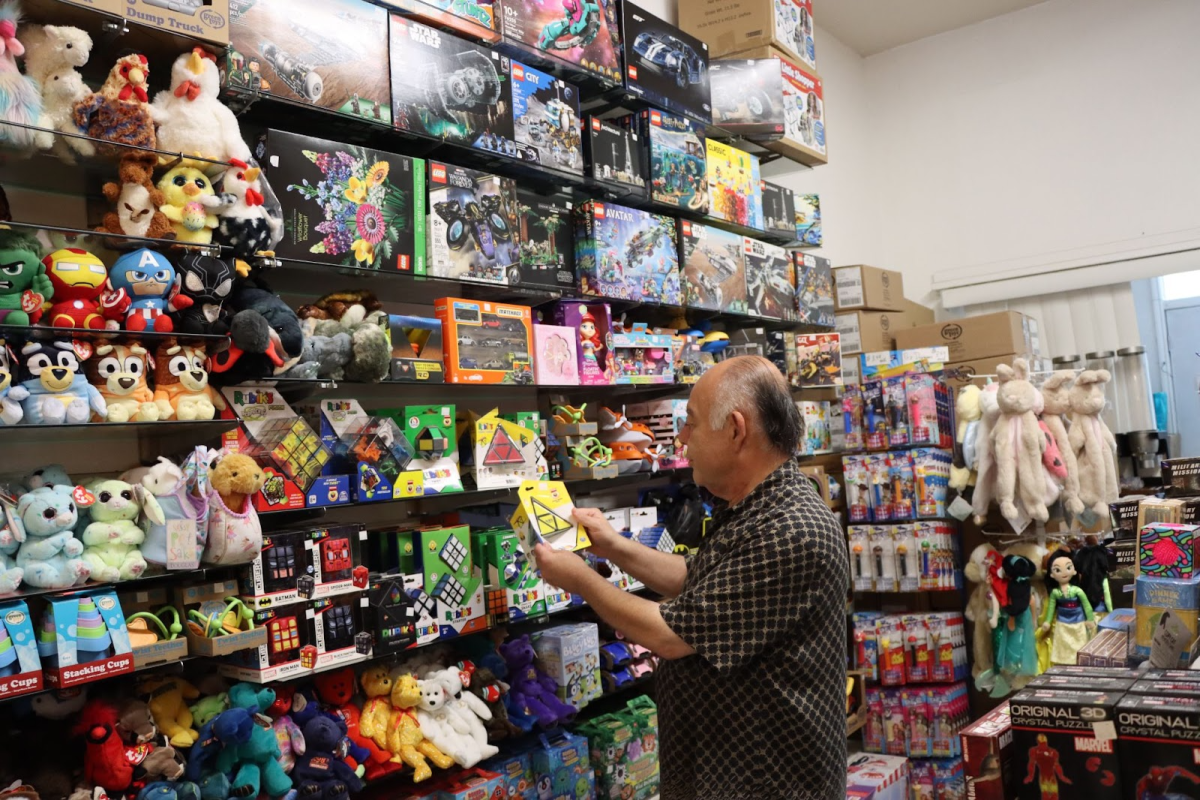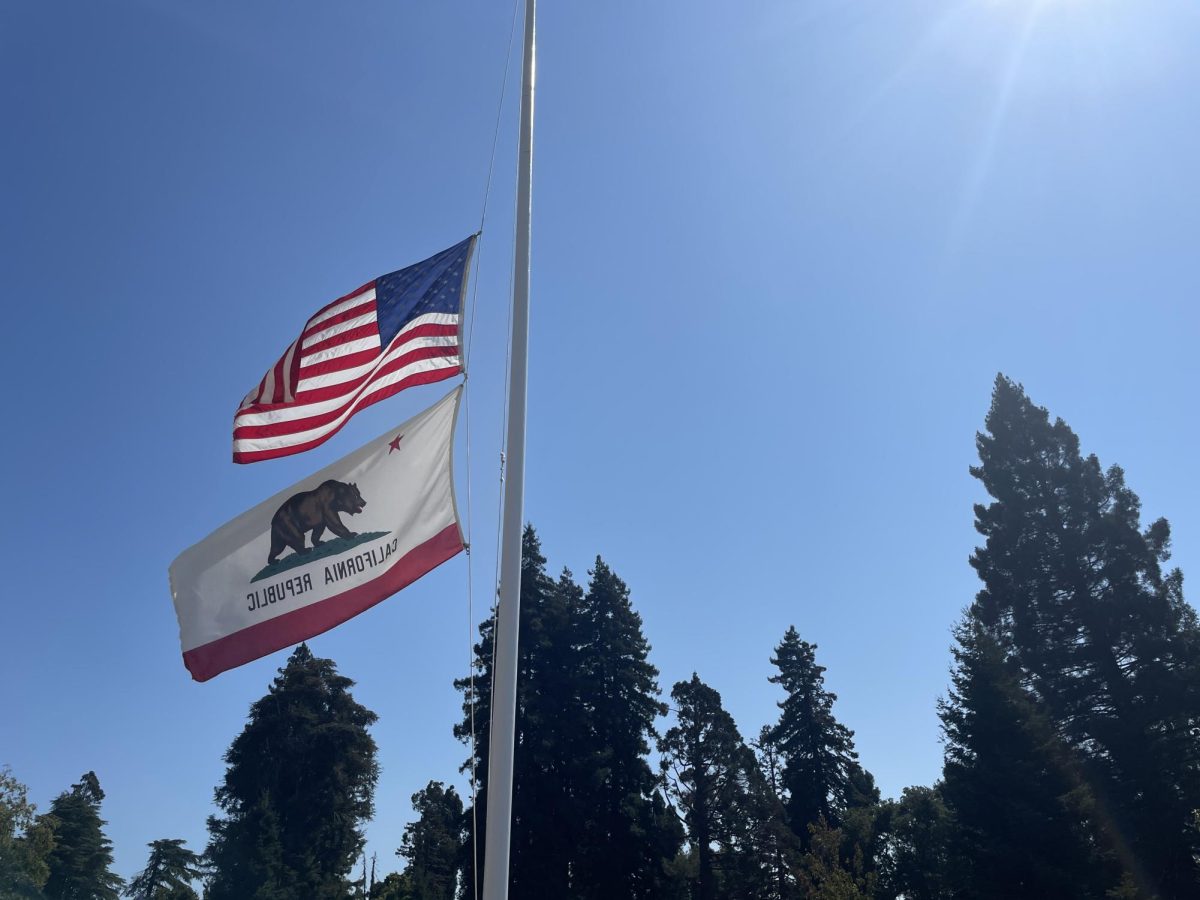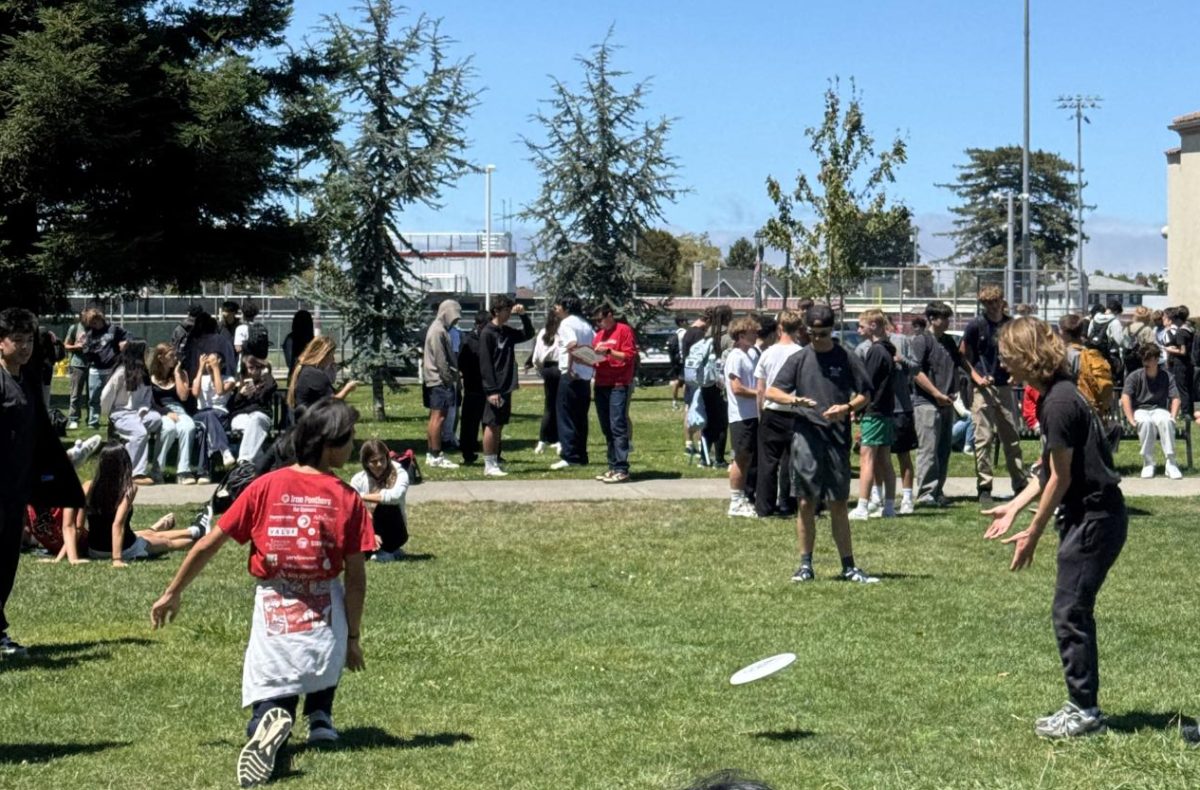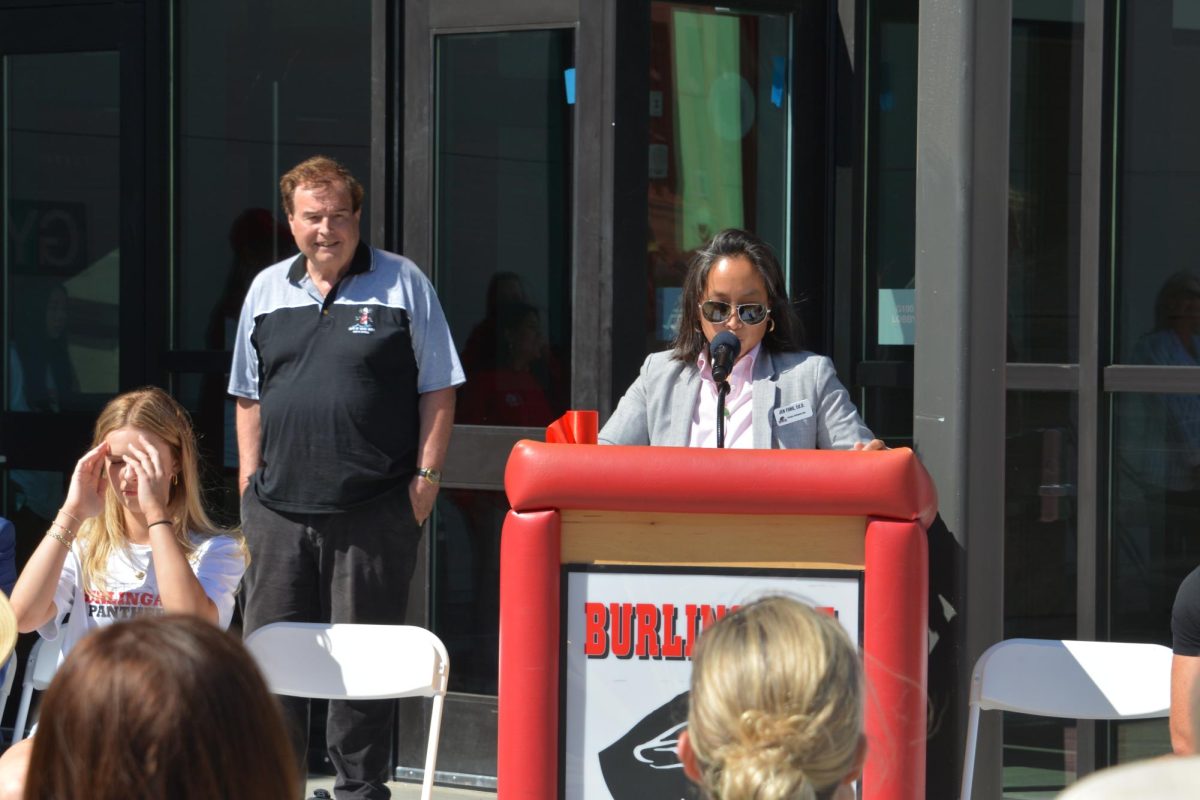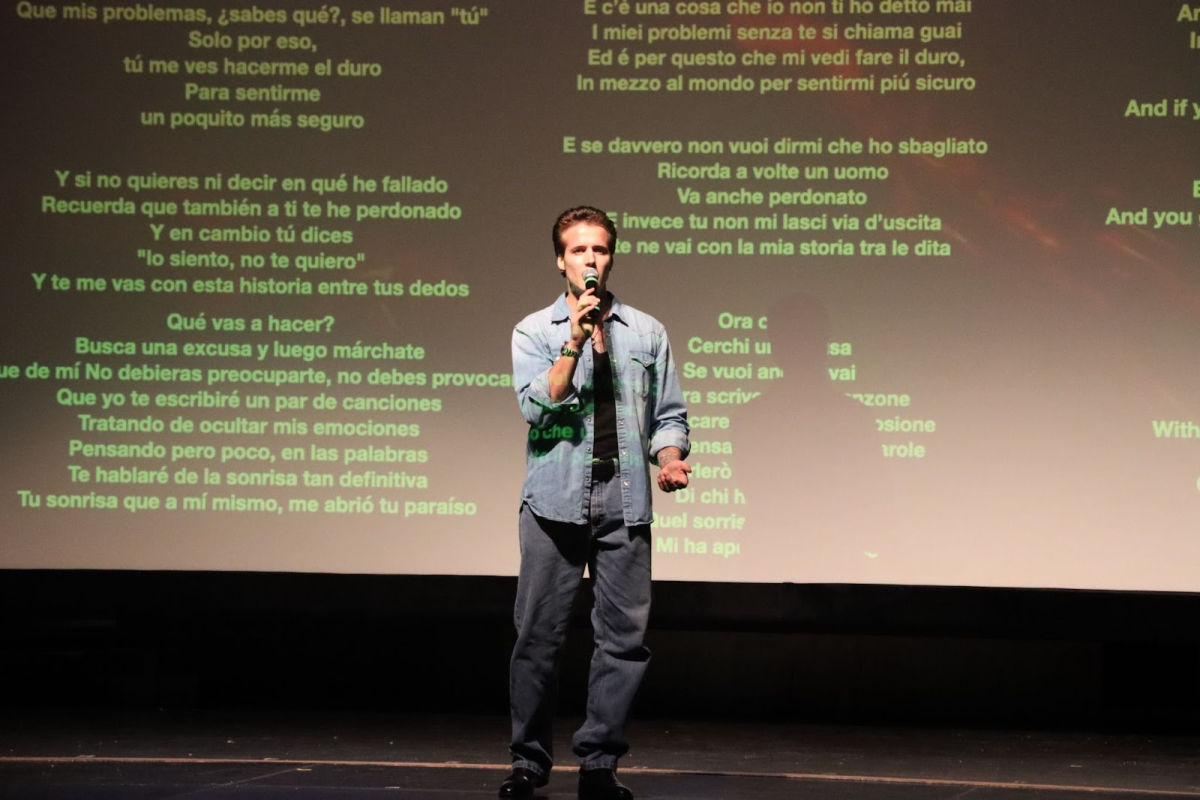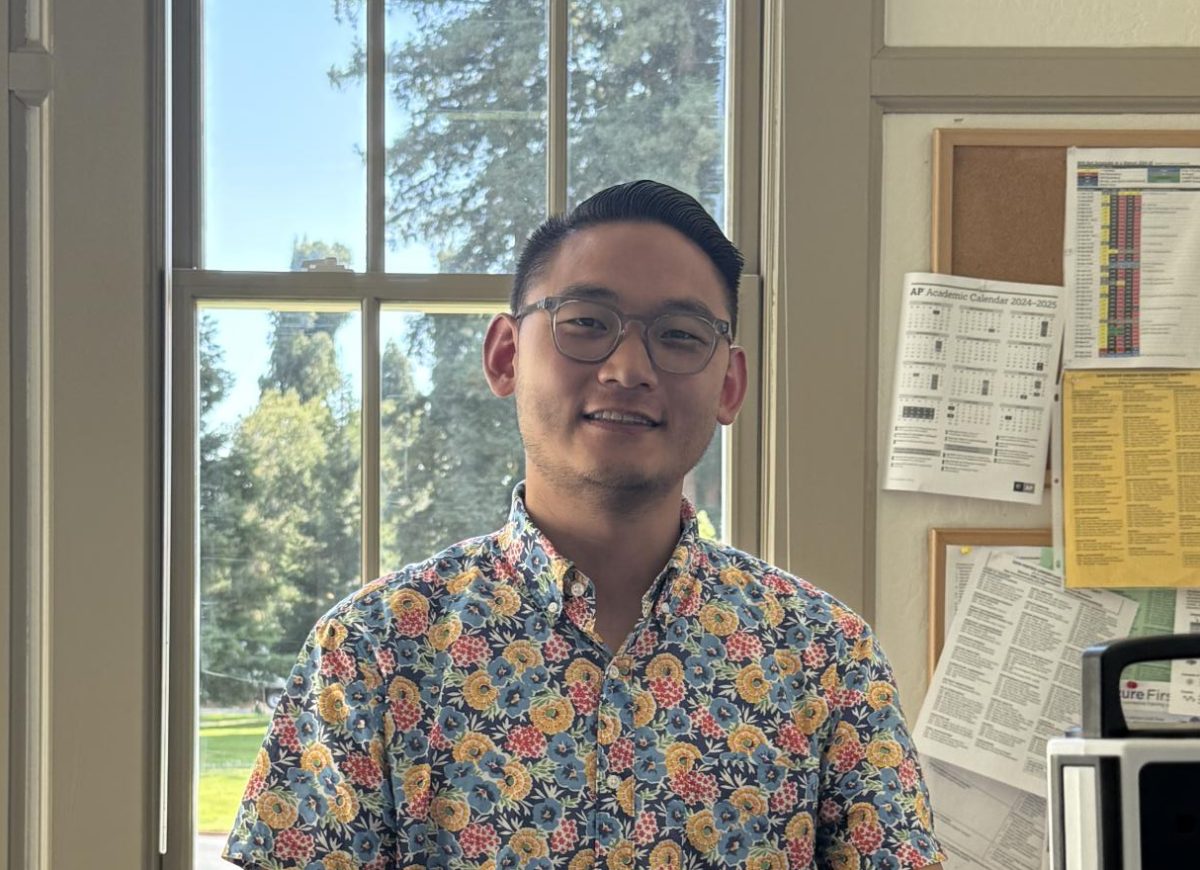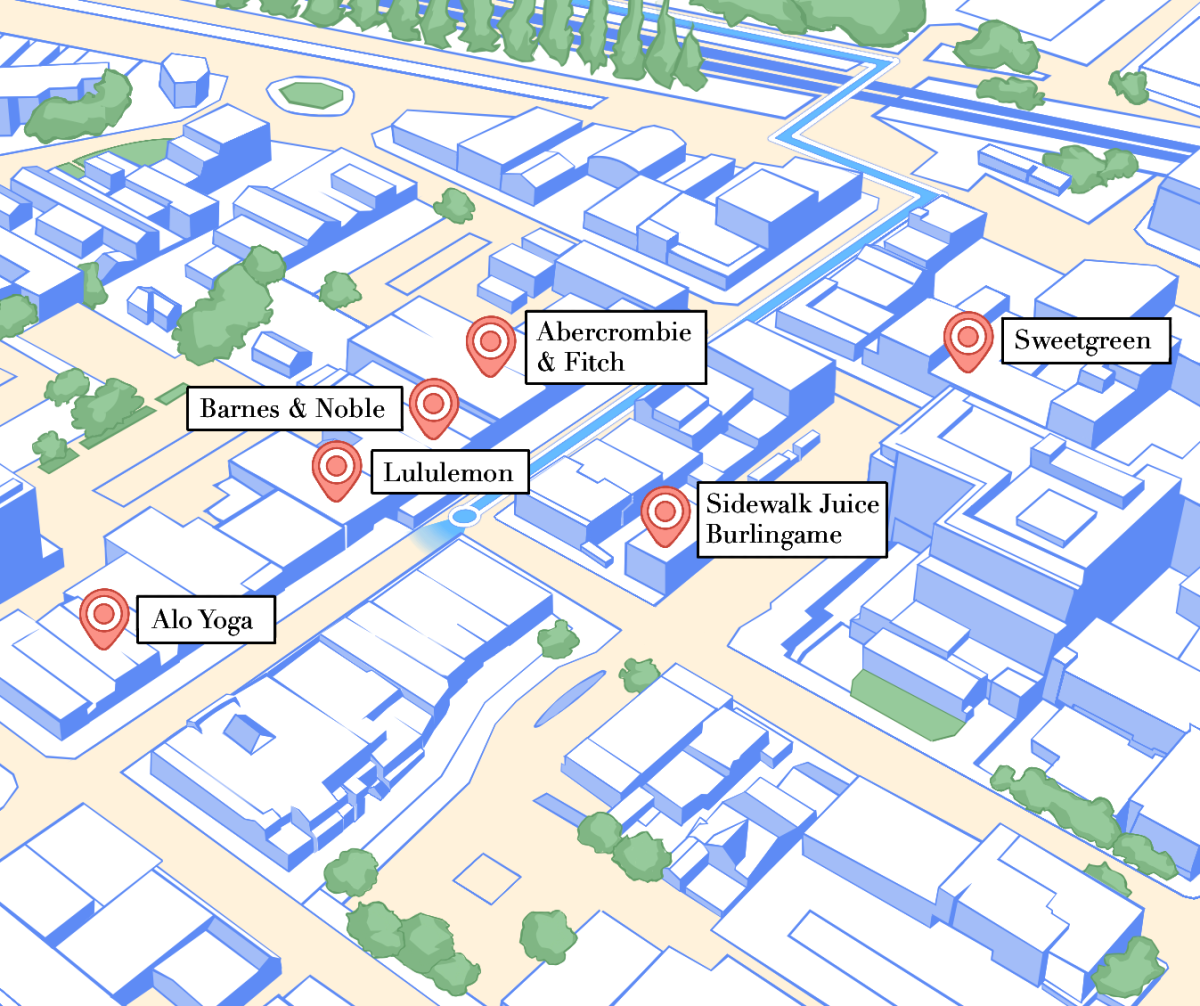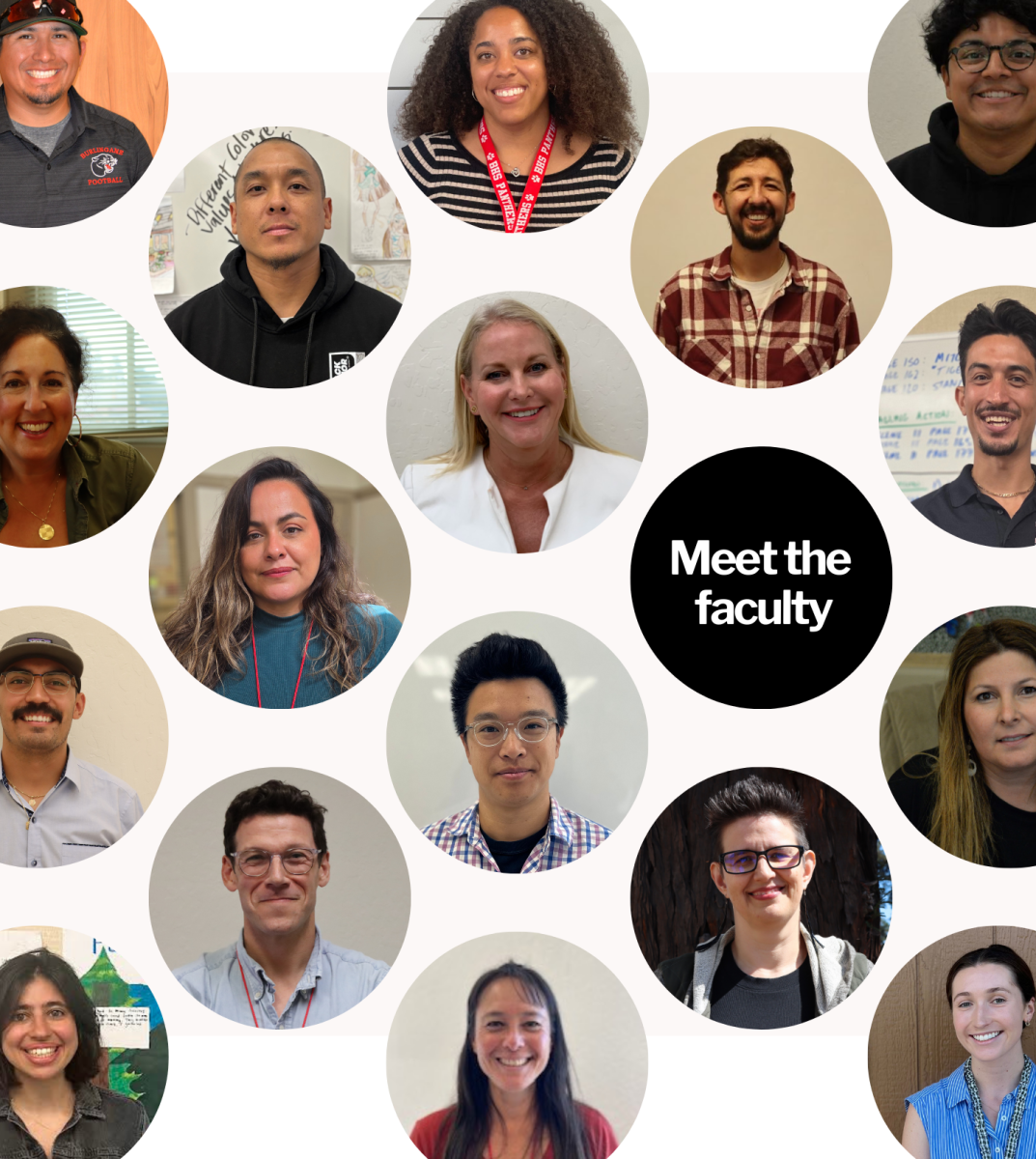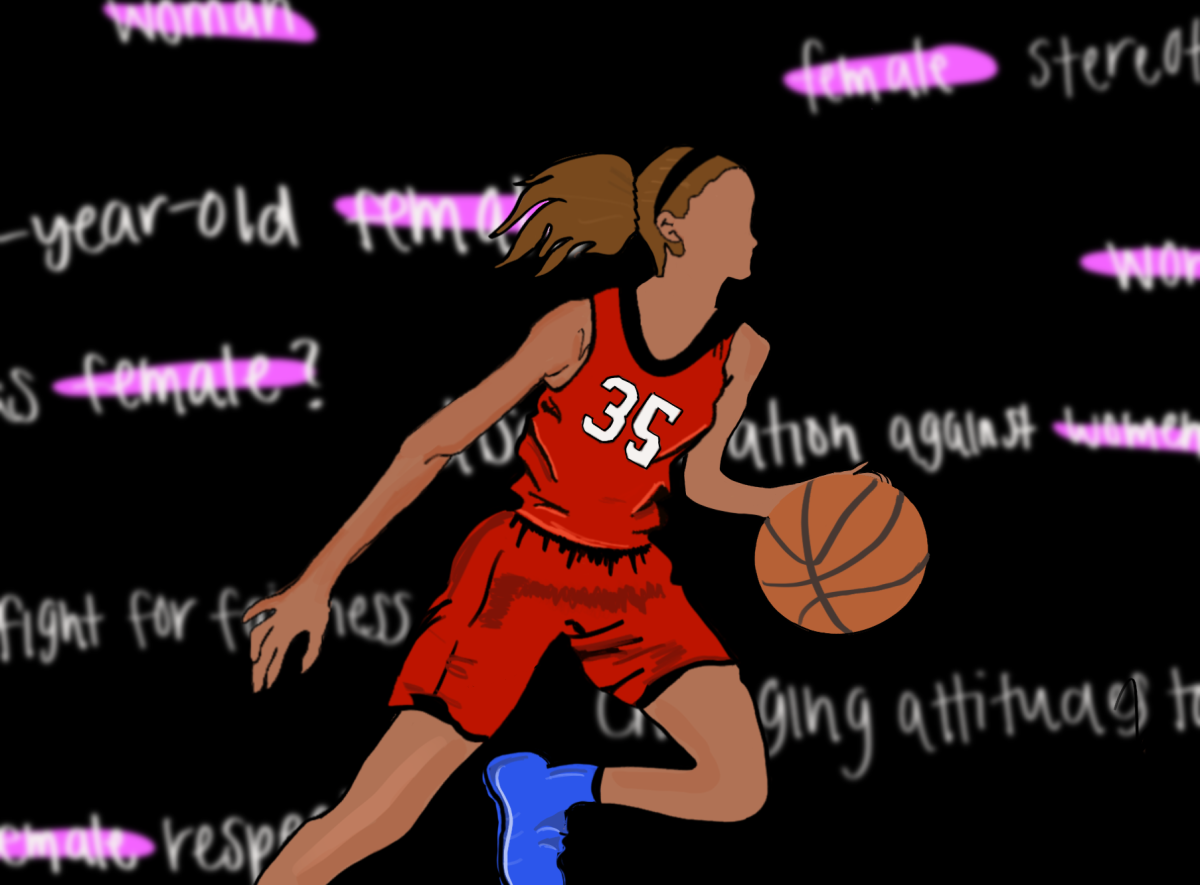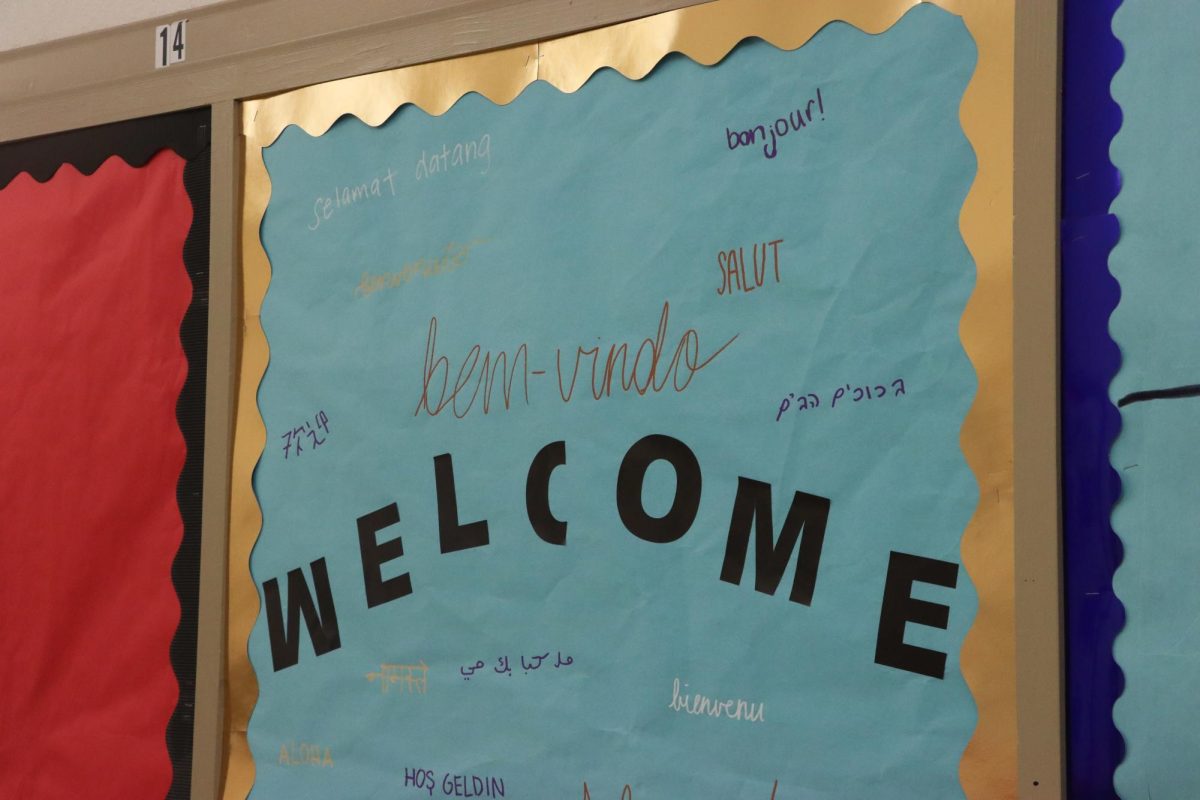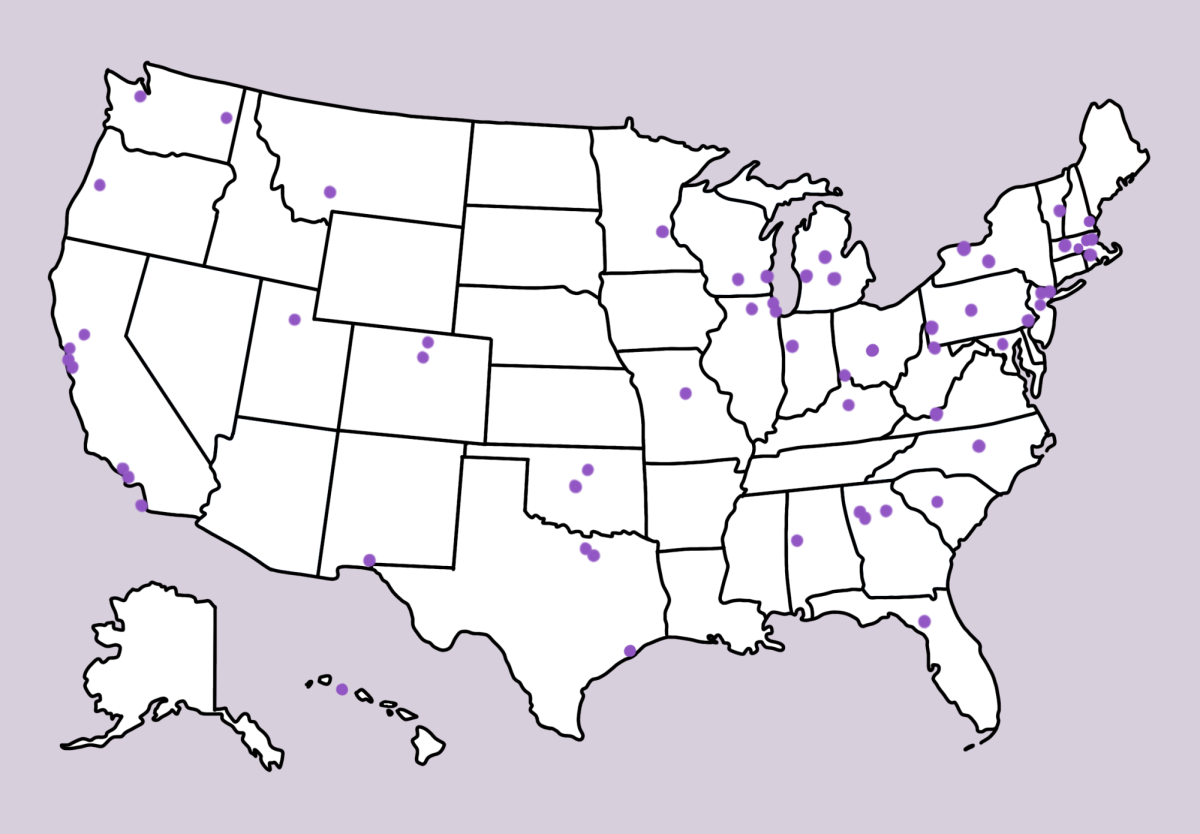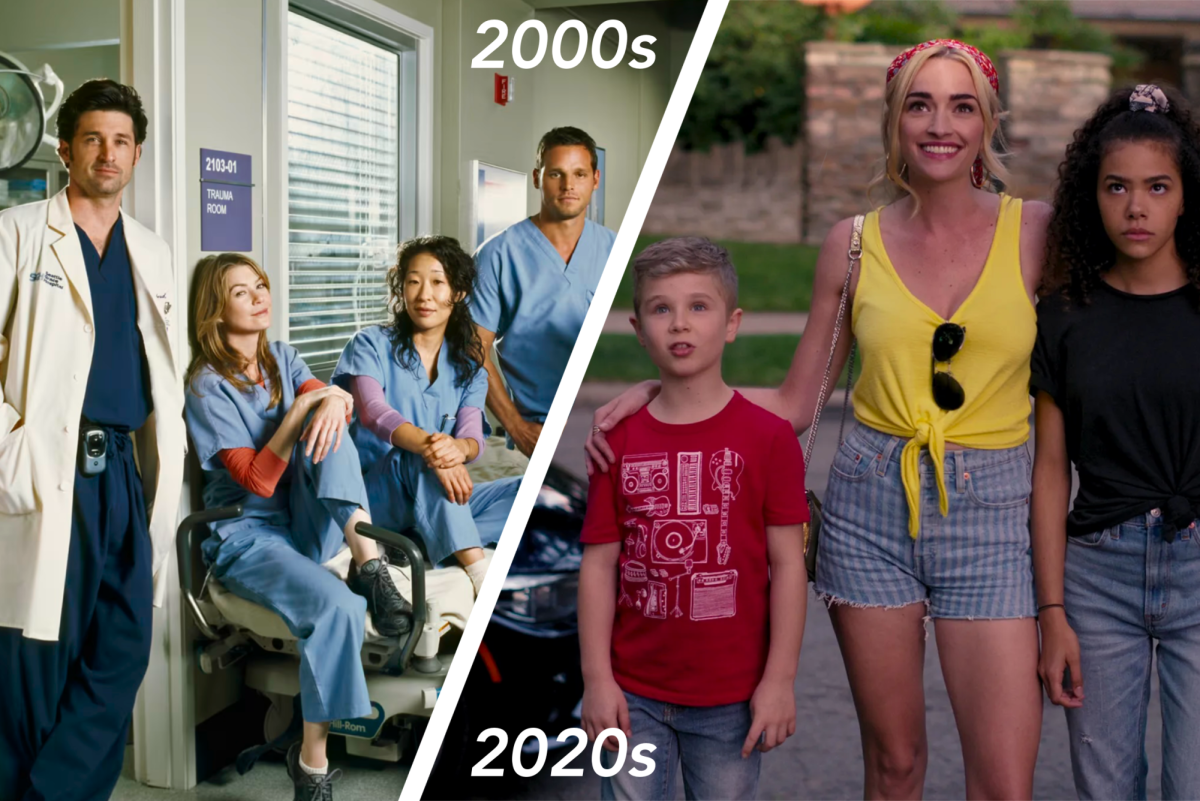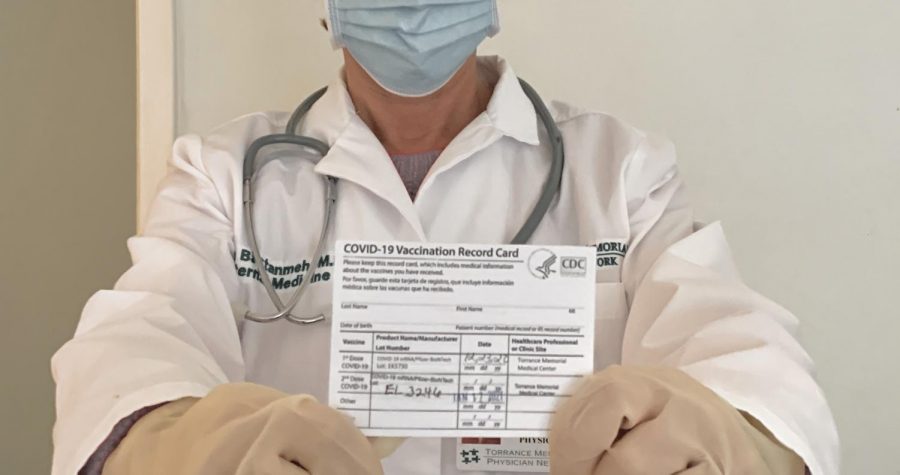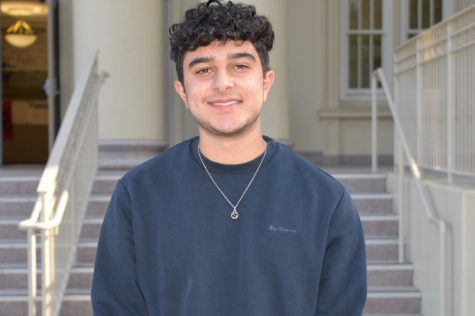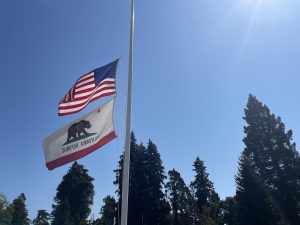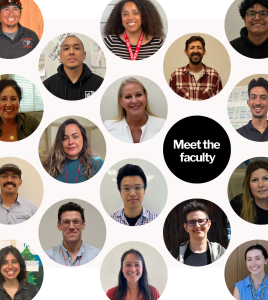One step closer to the end of the pandemic
Photo courtesy of Hiva Bastanmehr
Hiva Bastanmehr, a physician, holding her COVID-19 vaccination record card to show proof of vaccination against the virus.
February 1, 2021
For nearly a year, the constraints brought on by the COVID-19 pandemic have affected countless people around the world. However, with vaccine distribution, which started in December of 2020, the beginning of the end may be officially underway.
There are two COVID-19 vaccines that are recommended and authorized by the Centers for Disease Control and Prevention (CDC) to prevent the spread of the virus: the Pfizer-BioNTech vaccine and the Moderna vaccine. Both vaccines require two shots in the muscle of the upper arm that must be 21-28 days apart. Starting in December of 2020, the vaccine distribution commenced, specifically targeting health care workers, emergency service workers (federal law enforcement, court officers, etc.), and just recently, high risk and older citizens.
According to the CDC, 1.5 million of the 4.1 million available vaccines in California have been administered to its residents as of Jan. 20. California administers approximately 3,900 vaccines per 100,000 people, which ranks the state at 44th in the country in terms of distribution per capita, a very undesirable rank. California, along with nearly every other state, hopes to both administer and receive more vaccines in the near future. President Biden has stated that his goal is to administer 100 million vaccines in his first 100 days in office. To put this into perspective, as of Jan. 20, a total of 16 million vaccines have been administered in the country making the president’s goal an extremely significant increase if met.
The mother of Burlingame junior Melia Choy, Eileen Choy, is a health care worker in the Bay Area. She received the first of two doses of the COVID-19 vaccine on Jan. 13 due to her occupation.
“[My mother] will stay cautious and perform the same safety protocols because there’s some unknown with the vaccine … there’s still a slim chance of getting the virus after fully getting the vaccine,” Melia Choy said.
Even after receiving the vaccine, Melia and Eileen Choy, still believe one should follow COVID-19 safety protocols, such as social distancing and wearing a mask, to keep others and oneself safe.
Even upon receiving both doses of the COVID-19 vaccine, contracting the virus is still possible. In clinical trials, both the Pfizer-BioNTech vaccine and the Moderna vaccine were 95% effective at preventing the spread of the virus. Although this makes the chances of getting the virus slim for someone who receives the vaccine, it still is a possibility, meaning taking safety precautions is necessary.
“I definitely am more optimistic about the pandemic and the future now that vaccines are being given out … [but] until everyone who needs a vaccine gets one, people still need to stay smart and follow the safety rules,” junior Ava Fairlie said.
To Fairlie, the beginning of vaccine distribution illustrates the light at the end of the tunnel and gives her hope that these strange and demanding times will not last forever. She believes when more people have been fully vaccinated, and if people obey safety mandates, the pandemic could subside relatively quickly.


